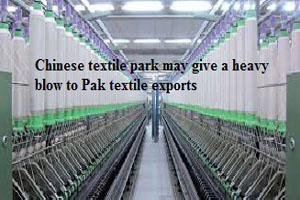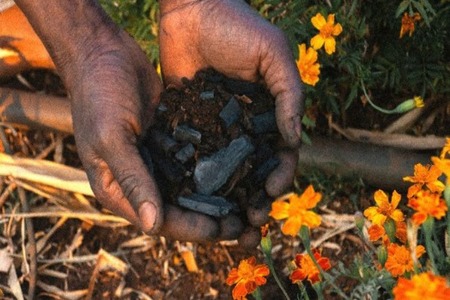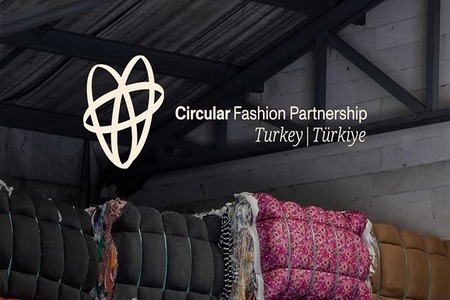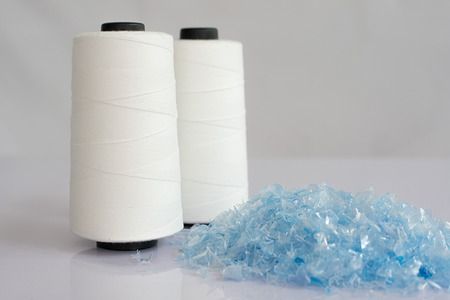
Chinese textile park may give a heavy blow to Pak textile exports
YarnsandFibers News Bureau 2017-02-17 17:00:00 – KarachiChina, which is heavily investing in textile manufacturing facilities is setting up textile park in its province bordering the south Asian nation at Xinjiang, a leading trade body said on Wednesday due to this Pakistan’s struggling textile industry would face a new threat of further losing its market share, as it is likely to give a heavy blow to Pakistani textile exports.
The Karachi Chamber of Commerce and Industry (KCCI) said that the anticipated glut of textile and garment from the Xinjiang textile park in the export as well as domestic markets of Pakistan poses a serious threat to Pakistan’s textile sector already struggling to remain afloat.
The KCCI, which represents more than 50,000 businesses across the city, said that China’s textile-ware from Xinjiang passing through China-Pakistan Economic Corridor (CPEC) to the Middle East and North Africa (MENA) region would experience a further reduction in costs in terms of transportation.
It said China is giving primary importance to its Xinjiang province, bordering Pakistan, under the CPEC. The province accounts for 60 percent of China’s seven million tons of cotton production.
The under-developed province is seeing a rapid industrialization under China’s plan of developing it into a major textile exporting hub.
The world’s second biggest economy is investing $27 billion in Xinjiang’s transport infrastructure for better regional connectivity in 2017 alone, while a $2.8 billion is being invested into standard garment factory constructions. By 2020, Xinjiang is expected to produce about 500 million garments a year.
China is also building a 3,000-kilometre long road from Gwadar in Pakistan to Kashgar in China. The route would cost-effectively connect the China’s western and central regions to MENA.
Textile exports contribute around 60 percent to the Pakistan’s total exports, which are already on the declining trend owing to a host of factors, including high production cost and lack of government incentives.
A $1.7 billion textile package, recently announced by the government, doesn’t match the incentives provided to textile exporters by China, the Karachi Chamber said. Pakistan would simply not be able to compete with the Chinese exporters.
Pakistani markets are already awash with hordes of low cost Chinese products, which are already manufactured in the country. Chances are high that Pakistan would be experiencing a similar influx of goods under China’s transit trade.
The trade body, however, urged the government to smartly negotiate and exploit CPEC to achieve maximum economic strategic depth for Pakistan and to make all transactions transparent. It called for improvement in competitiveness of textile production and diversification in the country’s exports.
Infrastructural improvement will encourage green-field industrial setups, but it is the focus on high tech and value additive industries that will provide the real platform for competitive trade in the global economy.
According to KCCI, CPEC will support Pakistan’s economy through a series of developments in energy and transportation sectors. In fact, if sensibly utilized, CPEC provides Pakistan with an exceptional opportunity to become a developed nation.
Market Intelligence
Ask for free sample Report

experience
Customer Base
dedicated team
Countries Served Worldwide









